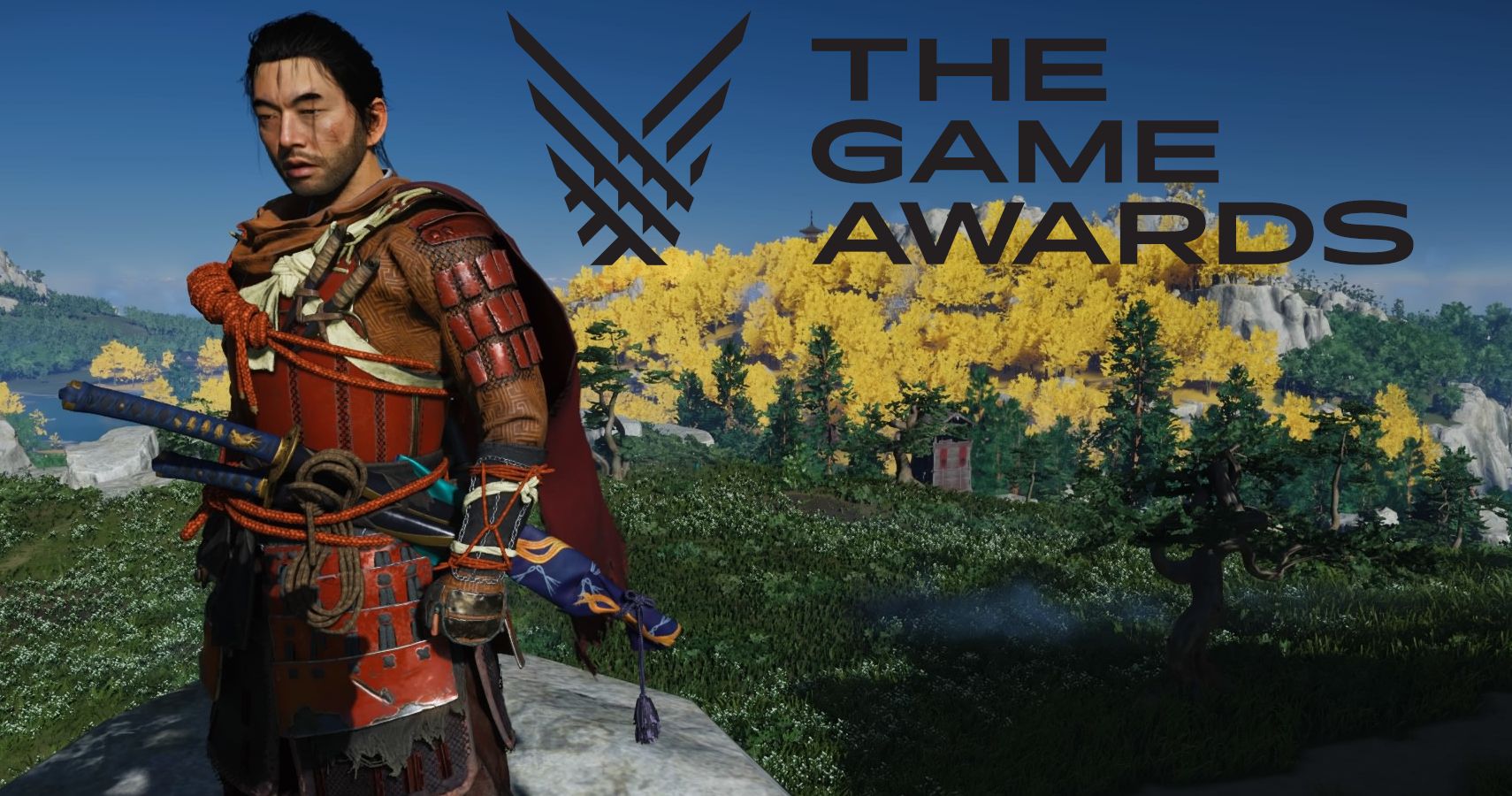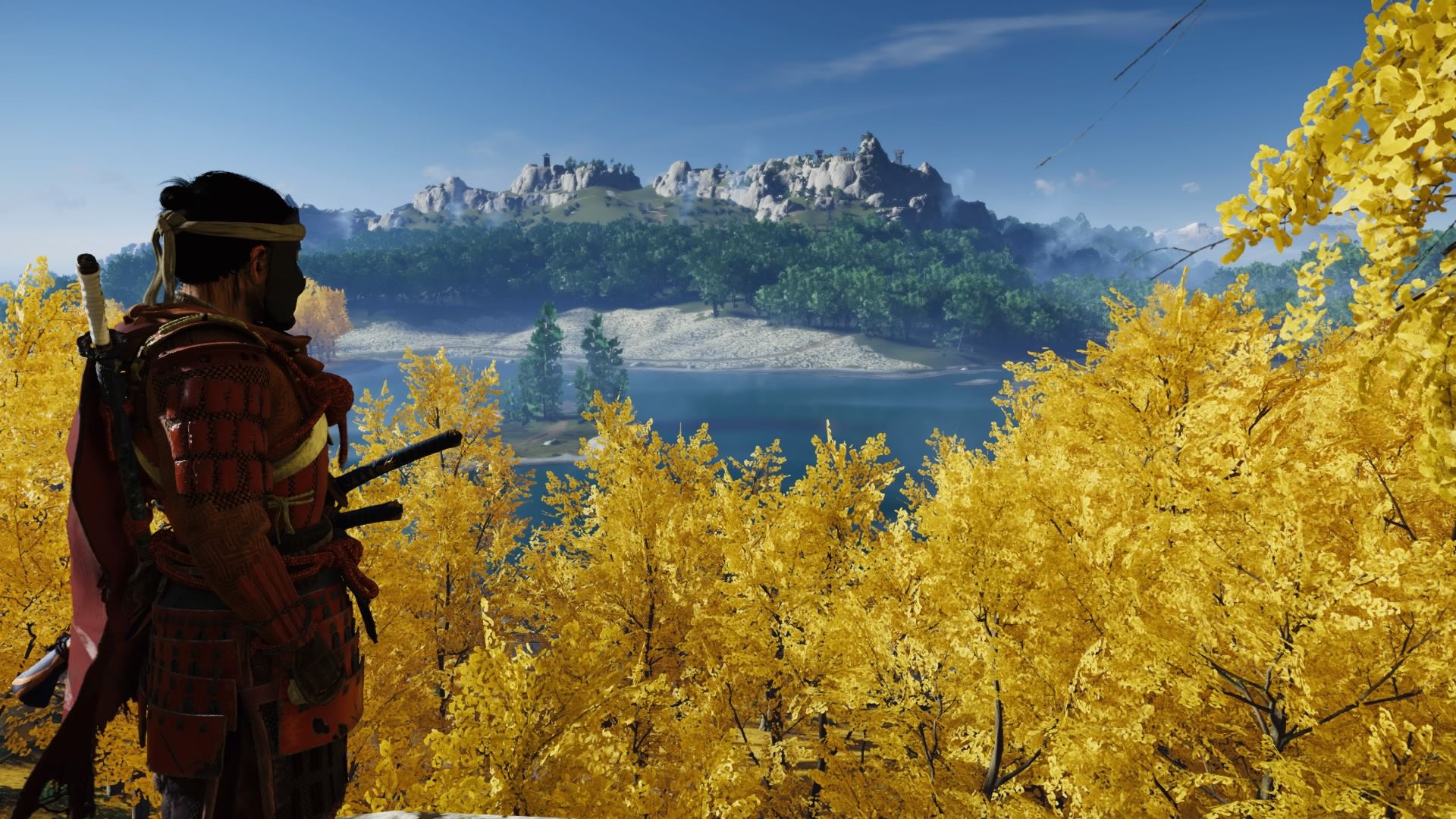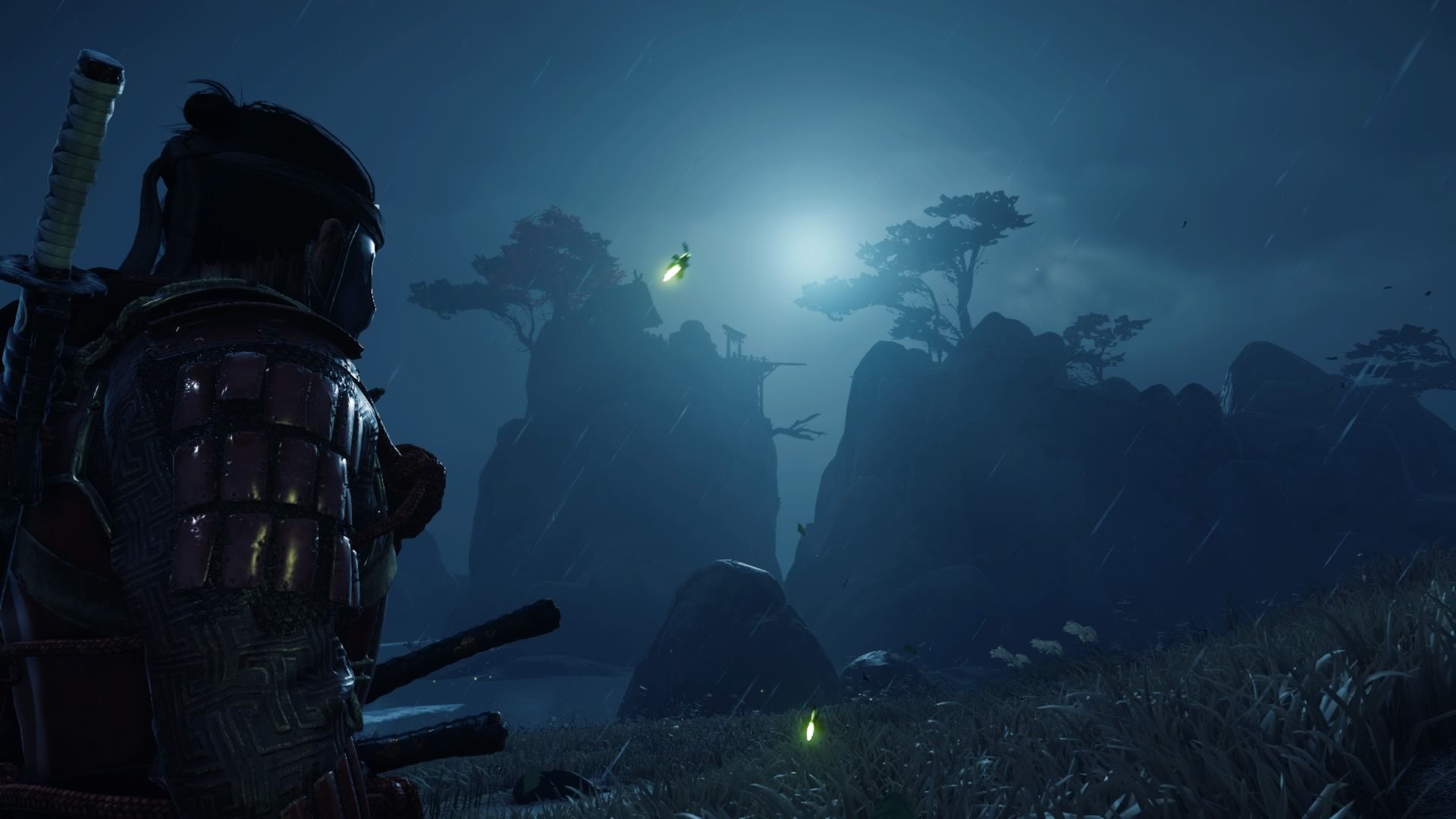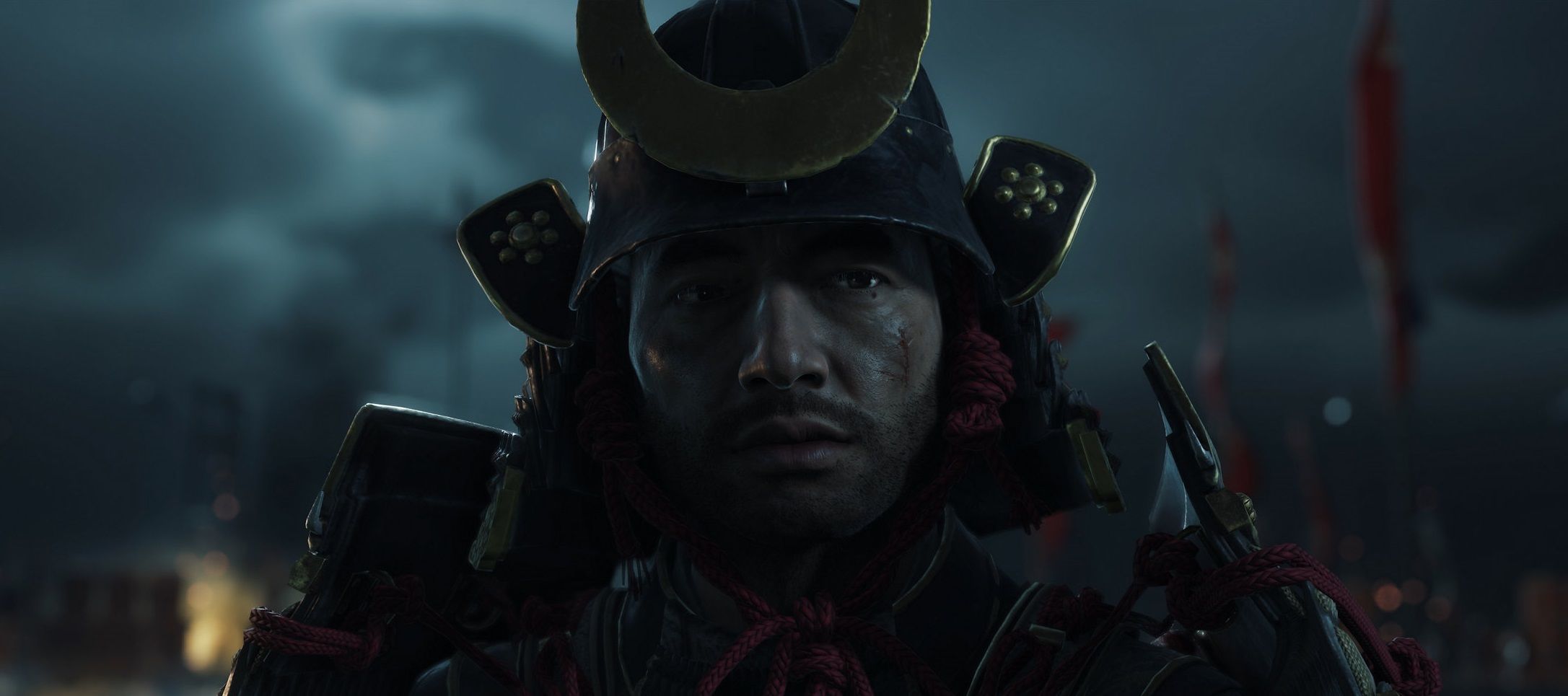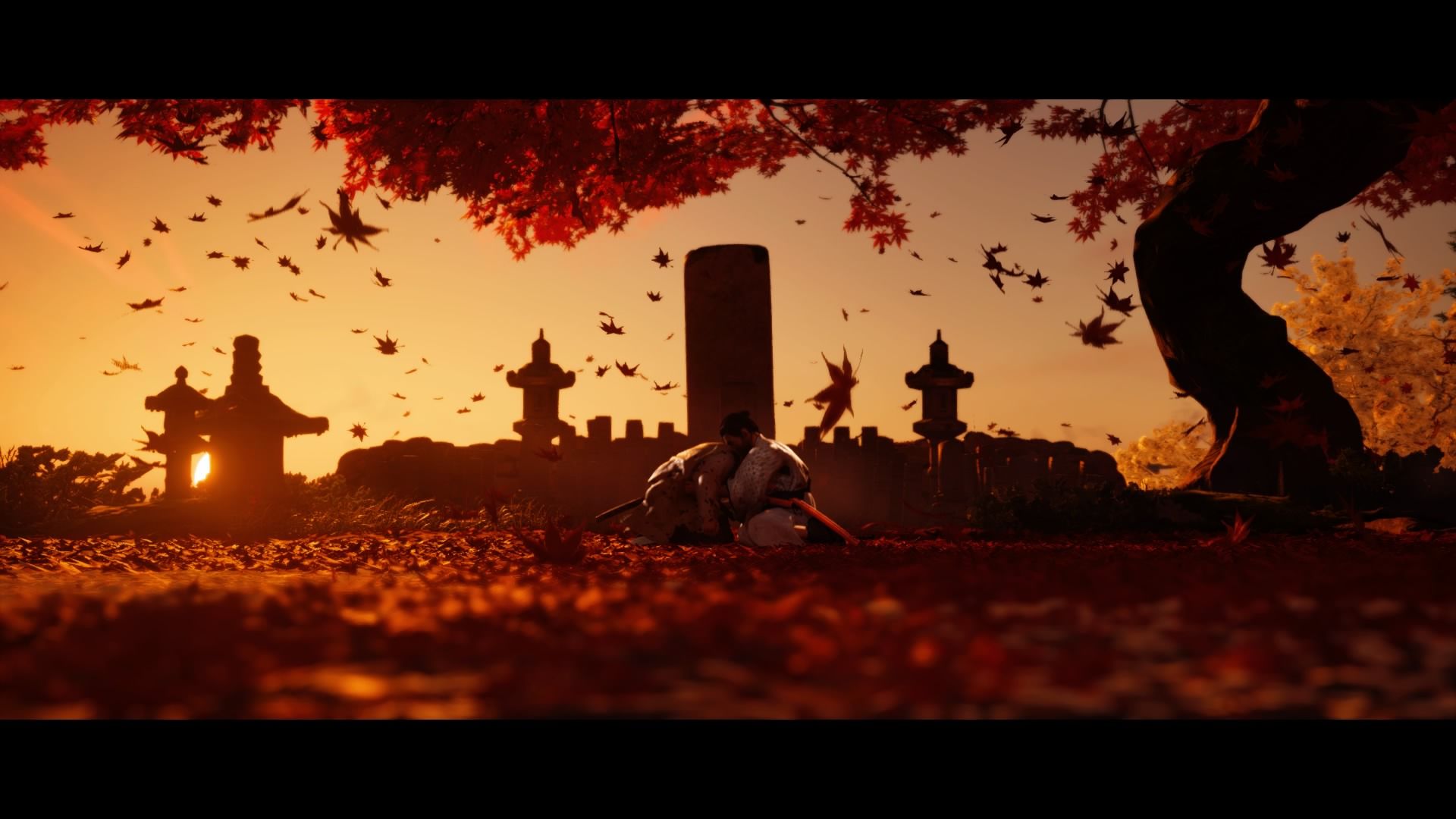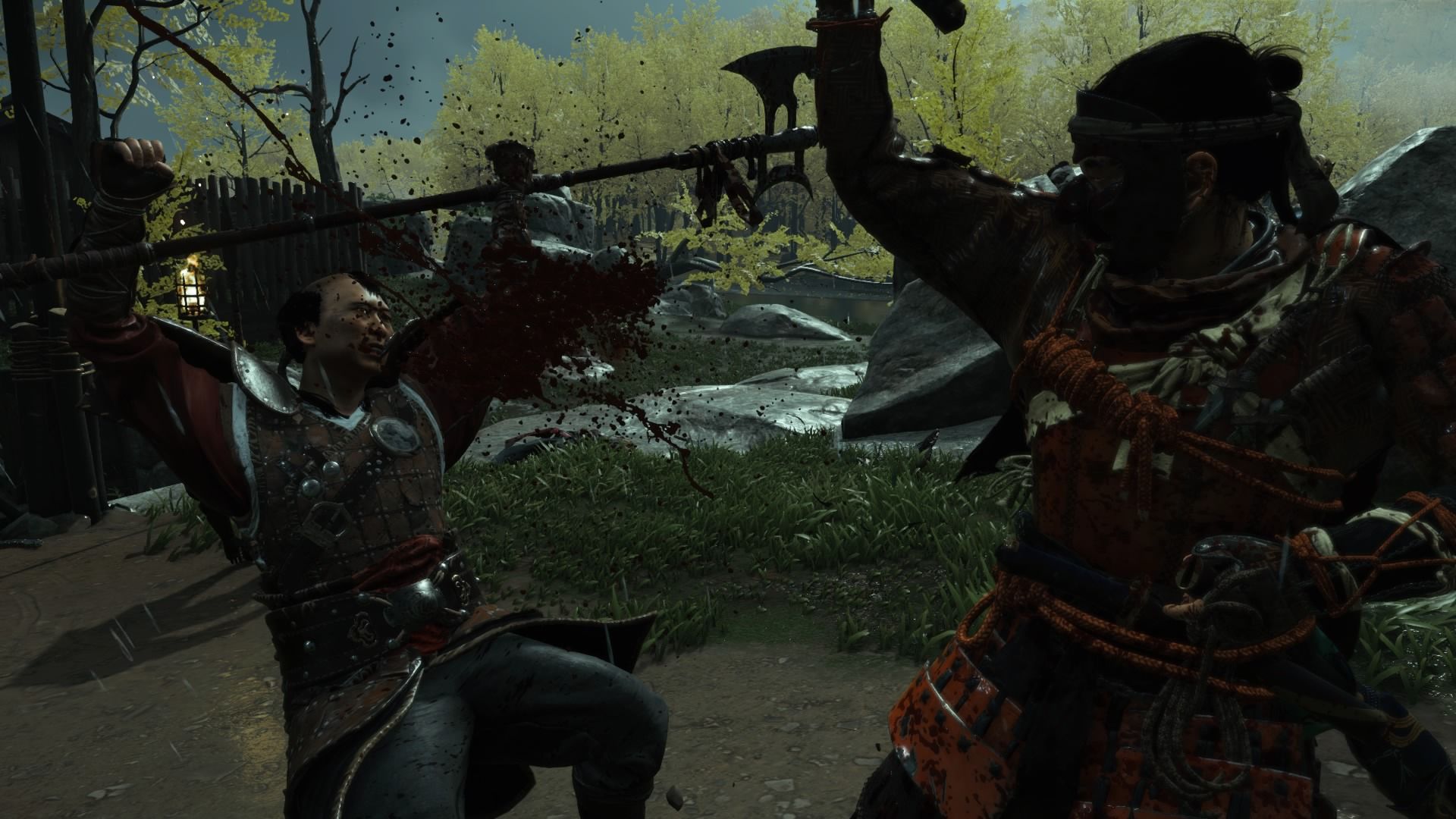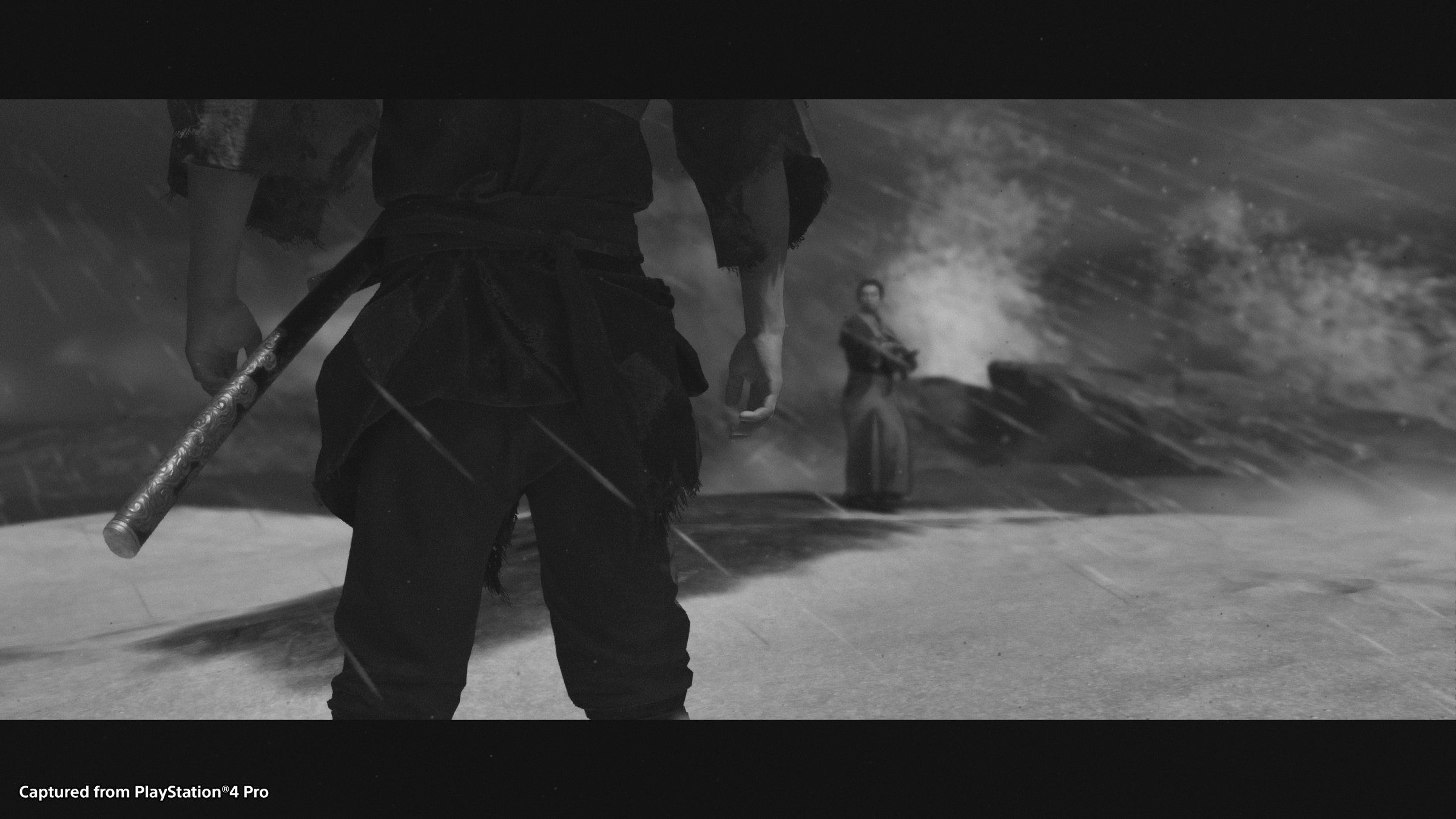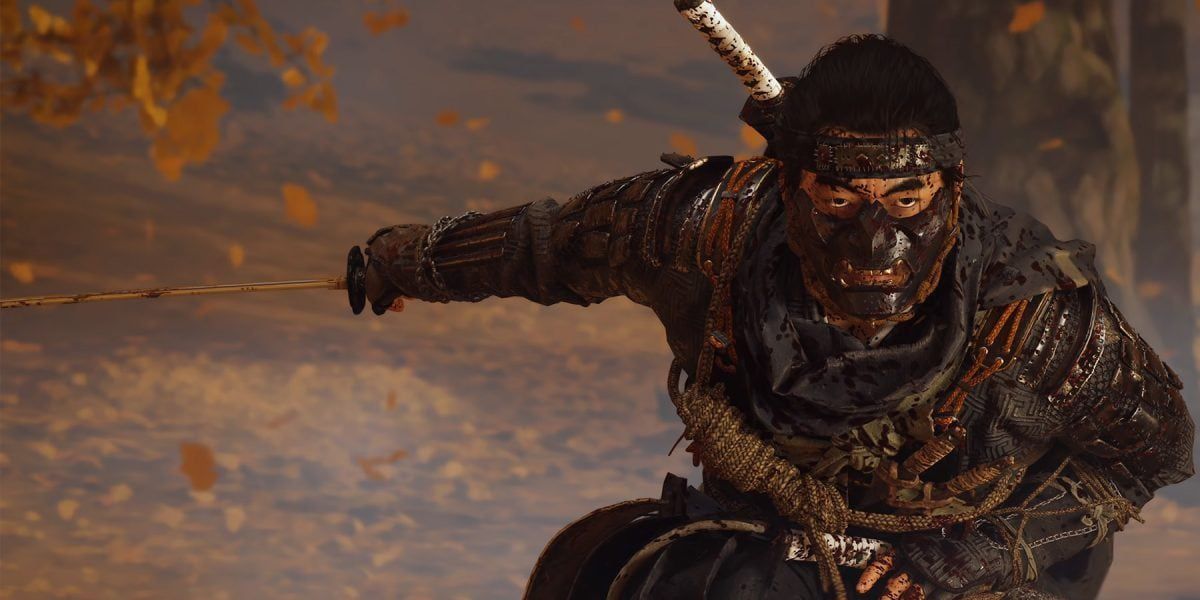Ghost of Tsushima is a serene, yet powerful open-world experience that deserves to be called Game of the Year at The Game Awards. Its emotionally charged story, spectacular environments, and smooth combat all make for a groundbreaking game that deserves the trophy on December 10.
NOTE: There are significant spoilers in this article. You have been warned.
The Incredible Landscapes
- Wind flows in the grass
- A beautiful sky above
- Danger looms the land
Ghost of Tsushima will be remembered for its beauty. The opening shot that welcomes you to its open world perfectly introduces the land you are bound to protect. Set alongside an incredible score from Ilan Eshkeri, Jin blisters through a pretty white lilac field before stopping to gaze upon a backdrop of yellow trees. As the game progresses, you will continue to stop and stare at remarkable landscapes like this one. This is largely related to the game's use of colors, which allow it to stand out among the rest — the first time you see a cherry blossom tree, it will take your breath away.
By the time you finish Ghost of Tsushima, your capture gallery will probably be filled to the brim with screenshots. The gorgeous landscape serves as a constant reminder of what Jin is fighting for as the Mongols decimate his home with flames and carcasses laid to waste.
We also cannot ignore the much-lauded Kurosawa mode, which makes the game look like one of the prolific director's own films. It applies a black and white filter to the game and adds a tinge of film grain that covers the screen. It's brilliantly stylish and manages to showcase just how excellent Ghost of Tsushima's lighting system is.
The Dramatic Story
- Father and son feud
- Tsushima's people at stake
- A fight to the death
Some might argue that Jin's narrative is generic flair, although that's hardly the case. It deals with the inner struggle of a character who is conflicted by what they want to do and what they need to do, and ultimately succeeds in telling an emotionally-charged story from beginning to end. Does Jin cling to the tradition of being a true samurai, or does he follow the path of the ghost to save the island from devastation? As he begins to make use of his newfound ghost abilities, the game accentuates his shift by way of pathetic fallacy — the trees seem somber, while clouds loom low in quiet melancholy. Even the weather rapidly changes, depending on what you're doing in the game. If you're sneaking behind enemies and assassinating them in a dishonorable way, the skies become cloudy and it will begin to rain. If you decide to face them head-on, however, the sun will shine on Jin. It's an excellent way to visually depict Jin's inner struggle. While he may seem like a generic character at the start, he becomes more nuanced as the story progresses, especially in the third act.
Jin siding with the way of the ghost places him in constant conflict with his uncle (or second father), Lord Shimura. Jin looks up to his uncle, but sacrifices his deep relationship with him in order to save the island. This is ultimately what determines the game's tragic twist: the final boss isn't Khotun Khan, leader of the Mongols, but Lord Shimura, your uncle who is faced with the horrible task of killing his nephew. Red leaves resembling blood litter the surface of the boss arena — again, pathetic fallacy is visible in full swing here. You can't help but be moved by Daisuke Tsuji's fantastic performance as he grieves for Shimura at the end of the game. No matter what you think about Tsushima potentially being crowned Game of the Year, Tsuji deserves that Best Performance nomination.
Ghost of Tsushima's characters all have strong personalities and wonderfully written arcs. They also have their own personal flaws and hardships, which makes them resonate with us more heavily. Together with the in-depth personal plotlines of each individual character, this helps to create a complex cast that is truly memorable.
Combat That Overshadows The Assassin's Creed Series
- Metal blades will clash
- Techniques give advantages
- A keen eye is key
The combat of Ghost of Tsushima is what brings it all together. It begins with a standoff, an intense clash that leaves two combatants waiting for the other to make the first move. You analyze your opponent and wait until they act to release the triangle button and counter. The other guy, however, might fake you out, so you have to be very careful, especially in the later areas of the game. It feels rewarding to pull this off, and when you unlock the ability to slash more enemies after the initial strike in a combo, it feels even more satisfying.
In the regular combat that follows, Jin has four stances to choose from: Wind, Water, Stone, and Moon. Each stance corresponds to a type of opponent who is weak to it. For example, shielded Mongol forces are less prepared for a quick Water strike than a long and laborious hit from a Stone stance. Shifting between different stances gives you the ability to strategize how you go about combat and provides a dynamic flow to the battle. It's much more than spamming the attack button like in Assassin's Creed: Odyssey. Perfect dodging and parrying also provide Jin with an advantage in battle, and you're rewarded with a stylish animation and attack bonus for executing them successfully. The bow also feels genuinely responsive and is a useful tool against the Mongol empire, especially if you've committed to the way of the ghost. Despite the absence the DualSense's superior haptic feedback, the vibrations on the DualShock 4 give you a sensation of genuine tension when the bowstring is released.
Boss battles with strong enemies feel grandiose. It's a one-on-one fight to the death, and when you defeat them, you learn special moves to use later on. It's riveting to figure out how each boss moves and swerves with their abilities, before learning to strike when the opportunity arises. The black bars on the top and bottom of the screen also provide an epic, cinematic quality to these milestone moments. In addition, the music elevates the combat even further with sweeping scores that make you feel like you're in an old-school samurai movie.
Conclusion
- Brimming with detail
- Striking down foes precisely
- Jin's tale is sublime
Thanks to its impactful story, bountiful environments, and slick combat, Ghost of Tsushima is more than deserving of this year's Game of the Year award. Perhaps Jin will sneak up and grab the trophy from the likes of The Last of Us Part 2 and Final Fantasy 7 Remake, fully committing to the way of the ghost.
If you haven't taken this phenomenal trip to feudal Japan yet, we certainly recommend you consider doing so.

